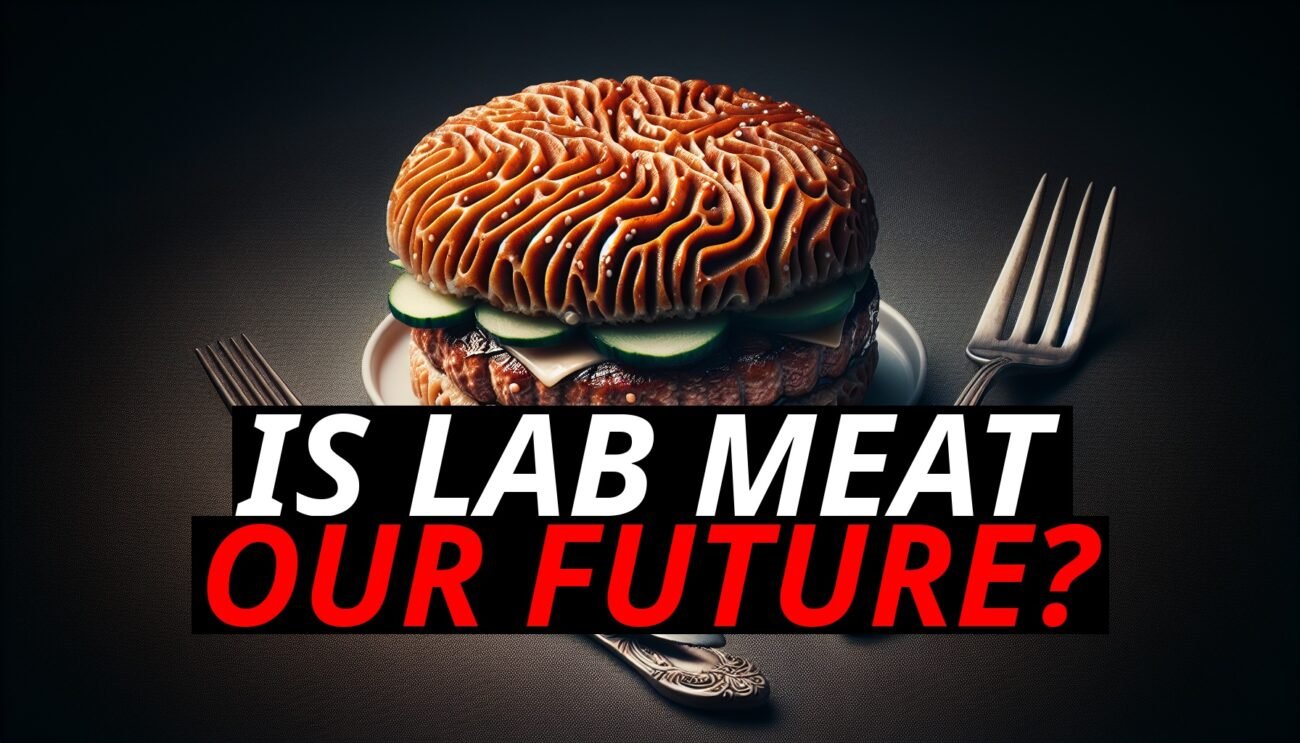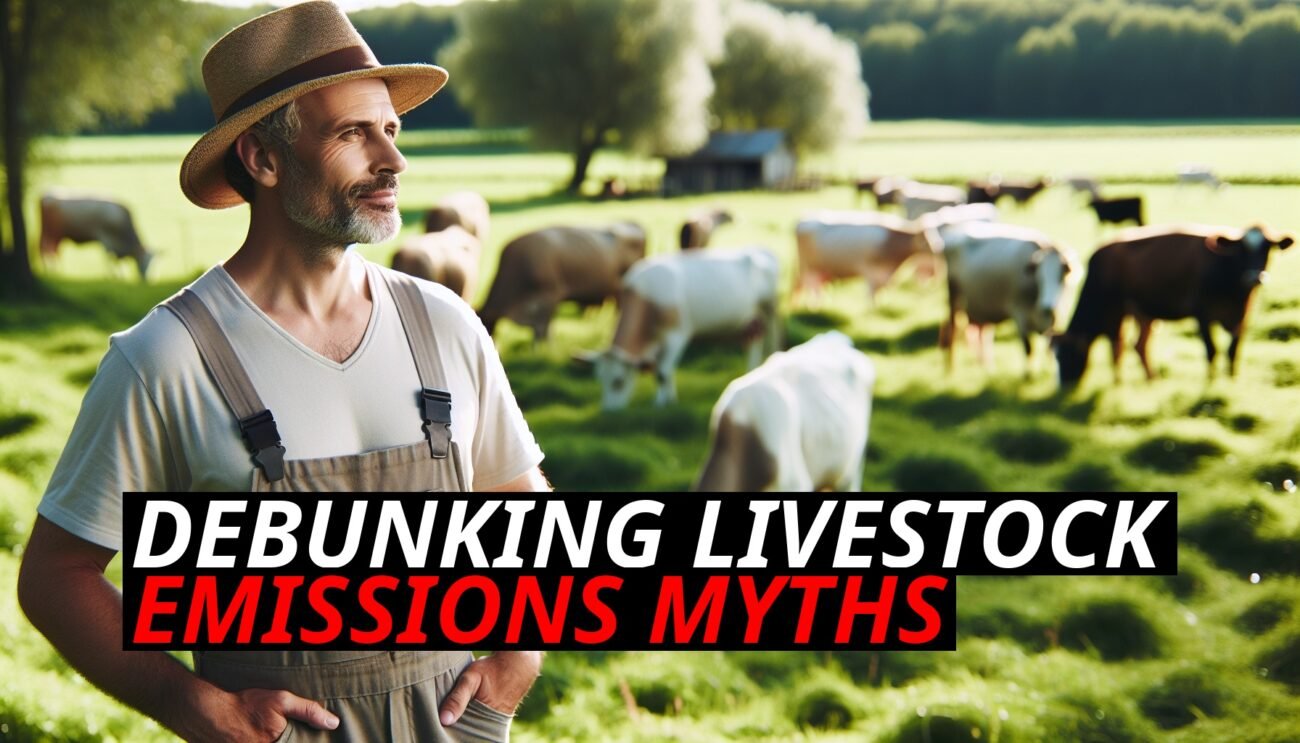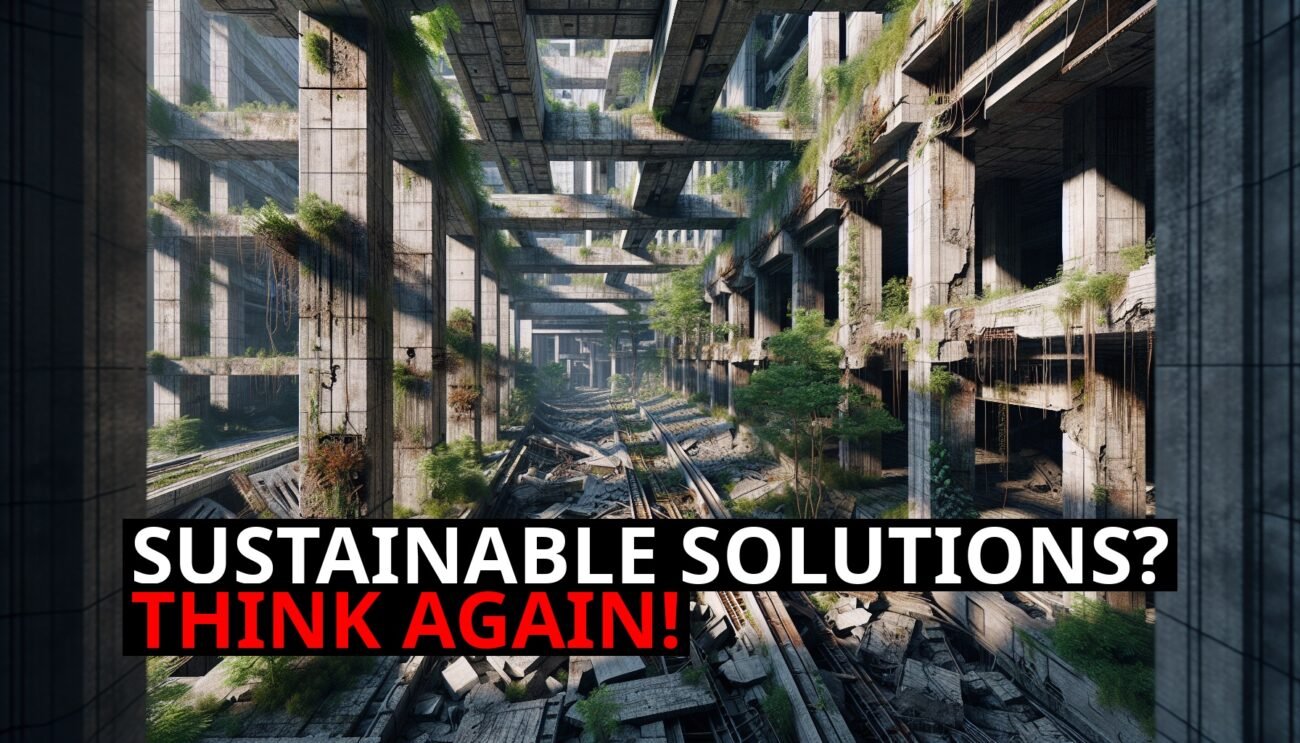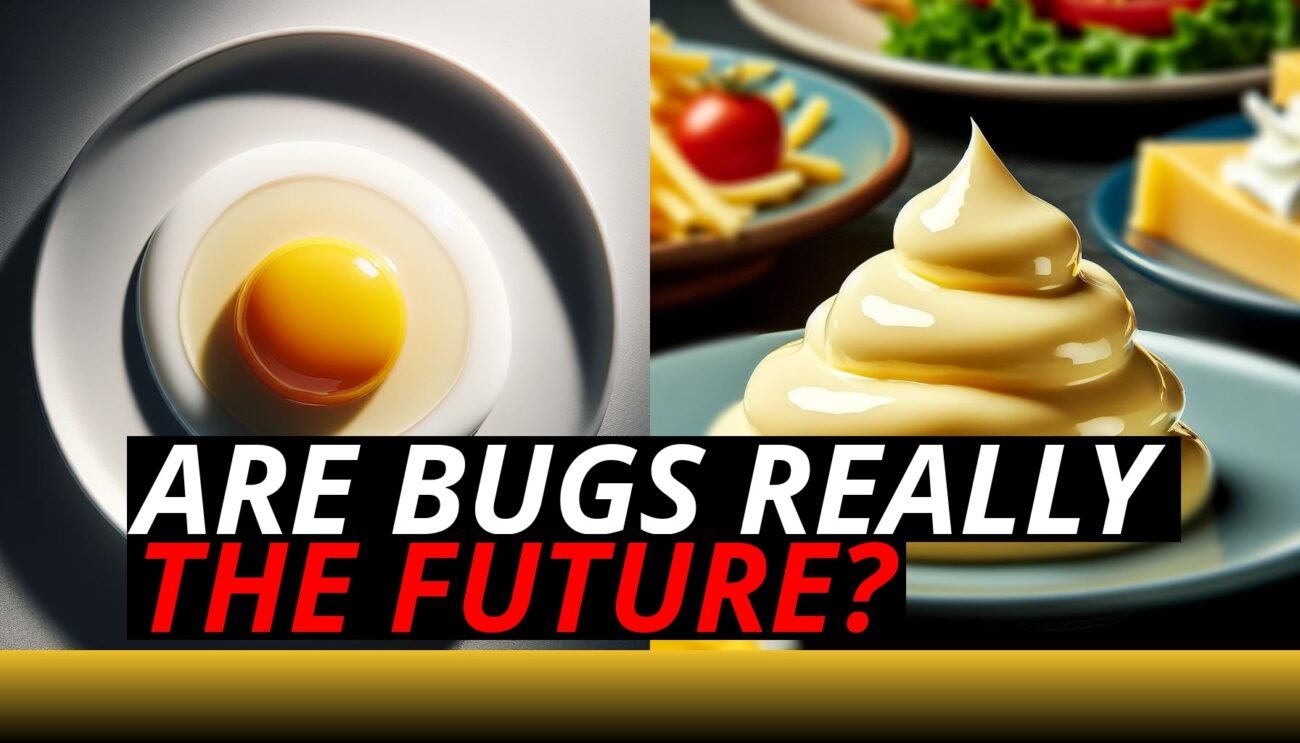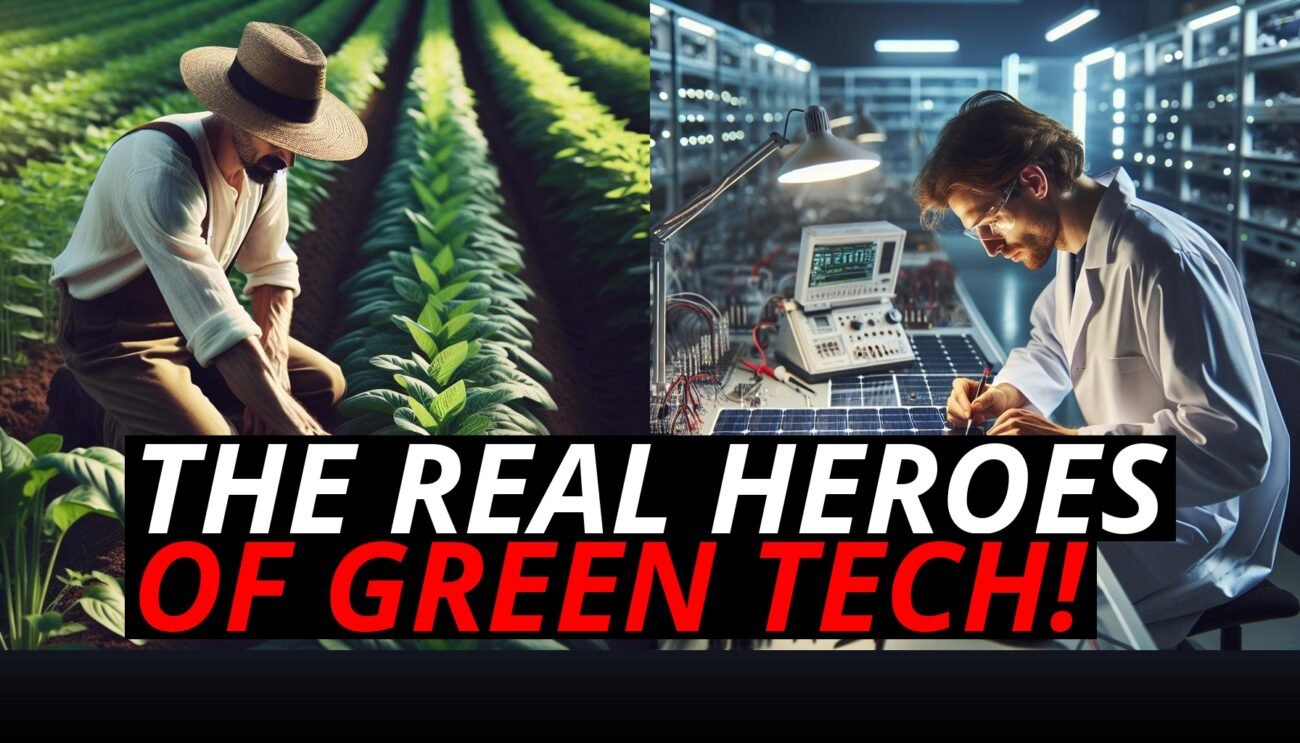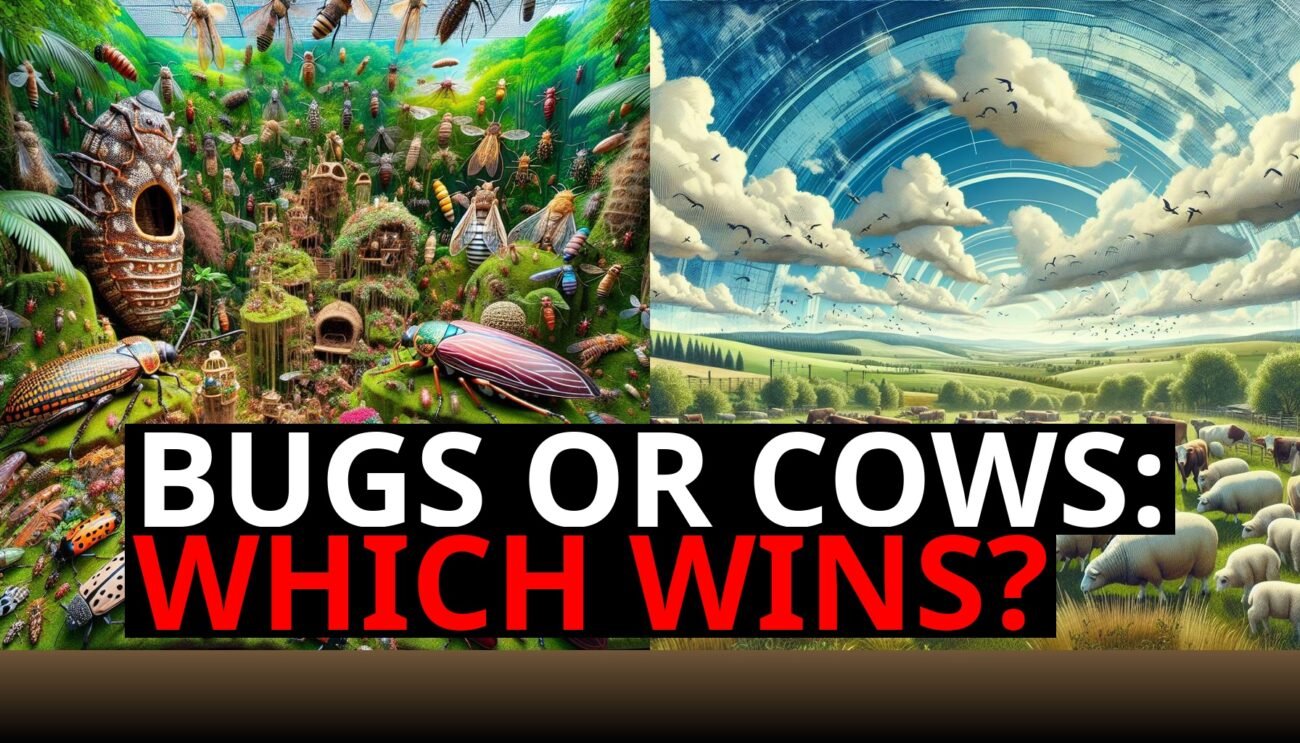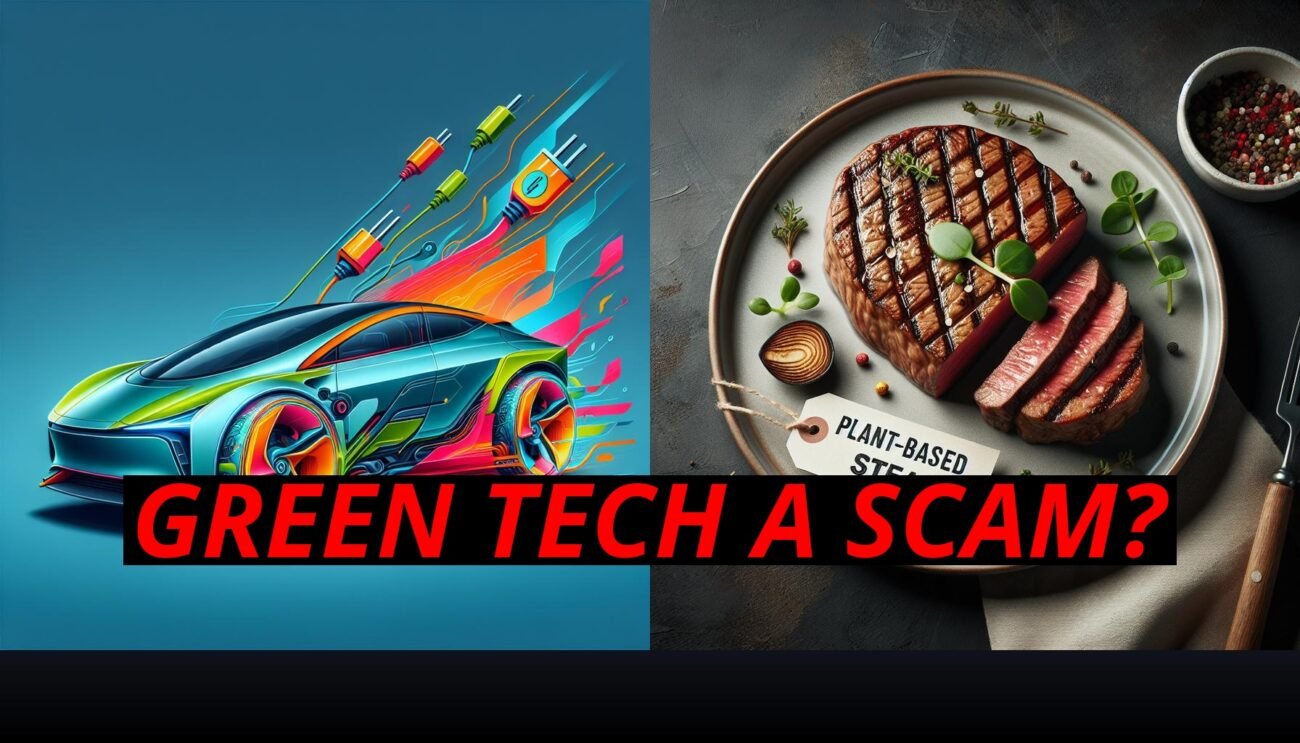You’ve probably seen the headlines: electric vehicles (EVs) and fake meat are being hailed as the future of sustainability. From sleek Teslas to plant-based burgers, these products are marketed as solutions to our environmental crisis. But what if the real key to saving the planet doesn’t come from high-tech innovations or lab-grown food? What if the answer has been under our feet and in our hands all along—through regenerative farming and practical technology?
While the media focuses on futuristic solutions, many experts are turning their attention back to the basics, realizing that nature itself provides the best tools for healing the planet. Let’s explore why regenerative farming and simple, scalable technology might be the most powerful forces in the fight against climate change.
Regenerative Farming: Nature’S Perfect Solution
In the race to fight climate change, industrial agriculture has been a major culprit, responsible for massive carbon emissions, soil degradation, and loss of biodiversity. But what if the way we farm could actually reverse these trends? Enter regenerative farming—a set of agricultural practices that aim to restore and enhance the health of ecosystems while producing food.
Improving Soil Health: The secret to regenerative farming lies in the soil. Healthy soil has the ability to store vast amounts of carbon, pulling it out of the atmosphere and locking it underground where it can no longer contribute to global warming. Practices like no-till farming, cover cropping, and composting are used by regenerative farmers to keep soil healthy and nutrient-rich. These methods not only reduce carbon emissions but also make farms more resilient to droughts and floods, improving food security.
Biodiversity and Ecosystem Restoration: Unlike monocropping, which depletes the land by planting the same crop year after year, regenerative farming focuses on diverse ecosystems. By rotating crops, planting trees, and integrating livestock, farmers can restore biodiversity to the land, making it more resistant to pests and diseases. This means less need for chemical pesticides and fertilizers, which are major pollutants in traditional agriculture.
Carbon Sequestration: One of the most exciting aspects of regenerative farming is its ability to sequester carbon. As plants grow, they absorb carbon dioxide from the atmosphere and use it to build their tissues. But in a regenerative system, much of that carbon gets transferred to the soil, where it stays for centuries. This makes regenerative farming a powerful tool for fighting climate change, potentially capturing billions of tons of carbon each year if adopted widely.
The Limits Of Electric Vehicles: Are They Really Green?
Electric vehicles are often marketed as the ultimate solution to cutting transportation emissions. And while it’s true that they produce no emissions while driving, there’s a lot more to their environmental impact than meets the eye.
The Hidden Costs of Battery Production: EVs run on lithium-ion batteries, which require significant mining of materials like lithium, cobalt, and nickel. The extraction of these minerals is energy-intensive and often leads to environmental destruction in the areas where they are mined. In fact, producing the battery for an electric vehicle can generate as much carbon pollution as driving a gasoline car for years.
Battery Disposal Challenges: Once an EV battery reaches the end of its life, recycling it is no simple task. The infrastructure for recycling lithium-ion batteries is still developing, and many end up in landfills, where they can leach toxic chemicals into the environment. While EVs reduce emissions on the road, the environmental cost of their batteries is a serious concern that is often overlooked.
Limited Impact Without Grid Decarbonization: EVs are only as green as the grid they’re plugged into. In areas where electricity still comes from coal or natural gas, charging an electric vehicle can actually produce more emissions than driving a traditional gasoline car. Until the global energy grid transitions to renewable energy, the true environmental benefits of EVs will remain limited.
The Fake Meat Fallacy: Why Processed Isn’T Always Better
In the world of food, fake meat is being promoted as the sustainable alternative to livestock farming. From soy-based burgers to lab-grown meat, these products are designed to mimic the taste and texture of real meat while reducing the environmental footprint of raising animals. But is fake meat really the best answer?
Highly Processed and Energy-Intensive: While fake meat products may have a smaller carbon footprint than industrial meat farming, they come with their own set of problems. The process of turning soybeans or peas into a plant-based burger is highly industrialized and requires a significant amount of energy and resources. This makes fake meat a processed food, which isn’t always the healthiest or most sustainable option, especially compared to eating whole, natural foods.
Monocropping and Land Degradation: Many of the crops used to produce fake meat are grown through monocropping, a practice that involves planting the same crop on the same land year after year. Monocropping depletes the soil, increases the need for chemical fertilizers and pesticides, and reduces biodiversity. Instead of solving the problems of industrial agriculture, fake meat could be reinforcing some of its most damaging practices.
Disrupting Local Food Systems: In many regions, traditional food systems are based on local farming and sustainable livestock practices. The push for fake meat products, often produced by large corporations, can disrupt these local economies and undermine farmers who are already practicing sustainable agriculture. Supporting local, regenerative farming systems is a more effective way to ensure food security and reduce environmental harm.
Practical Technology: The Real Green Revolution
While electric vehicles and fake meat are often seen as the pinnacle of green technology, the most impactful innovations might be the ones that are simple, affordable, and scalable. Practical technologies that work alongside nature and address real-world challenges at the community level are proving to be the most effective at creating a sustainable future.
Renewable Energy Solutions: From solar panels to wind turbines, practical renewable energy technologies are becoming more accessible and affordable every year. In many rural and developing areas, microgrids powered by renewable energy are providing reliable electricity without the need for costly infrastructure. These systems are helping communities reduce their carbon footprint and increase energy security while reducing reliance on fossil fuels.
Water and Waste Management: Engineers are also developing low-cost solutions for water management and waste reduction. Technologies like rainwater harvesting systems and drip irrigation help farmers conserve water, while composting toilets and biogas systems turn organic waste into valuable resources. These simple, scalable technologies are making a huge difference in regions where access to clean water and energy is limited.
Repairable and Durable Technologies: One of the most sustainable approaches to technology is designing products that are meant to last and be repaired. Instead of disposable gadgets or expensive equipment that needs frequent replacement, engineers are creating repairable technologies that can be maintained locally, reducing waste and extending the life of valuable tools and machines.
The Power Of Bottom-Up Solutions
The key to solving environmental challenges may not lie in high-tech products with shiny marketing campaigns, but in bottom-up solutions—approaches that start with local communities, respect natural systems, and empower people to manage their own resources.
Supporting Farmers and Engineers: Farmers who practice regenerative agriculture and engineers who create practical technologies are at the forefront of the real green revolution. They’re showing that sustainability isn’t about replacing one industrial system with another—it’s about working with nature, not against it. By supporting local farmers and investing in community-driven technologies, we can create systems that are resilient, adaptive, and truly sustainable.
Building Resilient Communities: Bottom-up solutions are all about empowering communities to solve their own challenges. Whether it’s through local energy projects, sustainable farming practices, or repairable technology, these approaches help communities become self-reliant and resilient in the face of climate change. Instead of waiting for top-down mandates or technological fixes, communities can lead the way in creating a sustainable future.
Conclusion: Rethinking The Path To Sustainability
As the world searches for solutions to the environmental crisis, it’s becoming clear that the most effective answers may not be found in the latest tech gadgets or industrial innovations. Regenerative farming and practical technology offer simple, scalable, and effective ways to restore ecosystems, reduce emissions, and build resilient communities.
It’s time to rethink the path to sustainability and focus on solutions that are rooted in nature and local knowledge—because sometimes, the best way forward is to look to the past and embrace the wisdom that’s been there all along.


